During the Battle of Wizna in September 1939, a Polish army of just 720 soldiers was able to stand strong against 42,000 Nazis for three days.
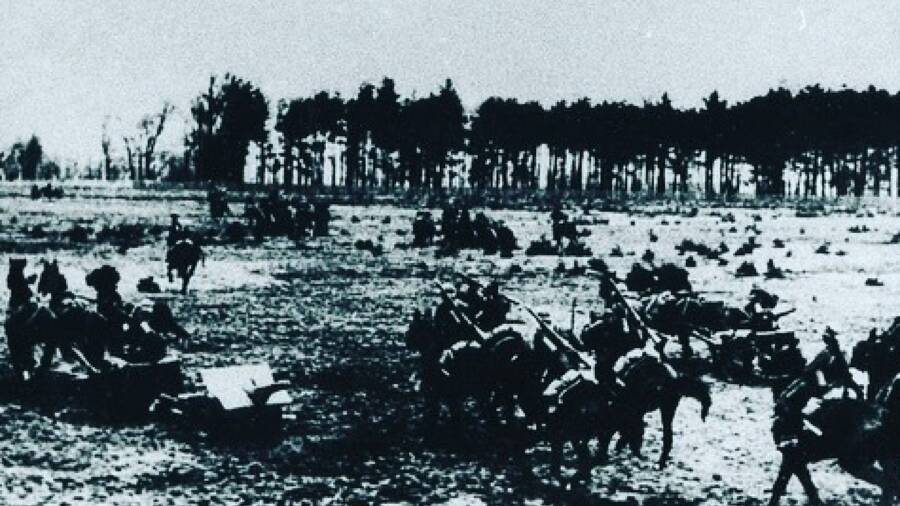
Polish Museum of AmericaThe Battle of Wizna lasted an impressive three days as the Poles held off a much larger Nazi force.
On a quiet stretch of eastern Polish countryside in early September 1939, a battle unfolded that would be immortalized for its improbability: the Battle of Wizna.
After Nazi Germany launched its brutal invasion of Poland on Sept. 1, 1939, a small group of Polish soldiers stood their ground against impossible odds. Numbering just 720 men, they dug into a narrow defensive line near the village of Wizna — and faced down 42,000 incoming German troops.
Led by a determined young captain who swore never to surrender, the Poles held the line for three days, temporarily halting the German advance.
Today, the Battle of Wizna is remembered as Poland’s own “Thermopylae” — a modern-day example of ancient heroism in the face of certain death.
World War II Begins With The Invasion Of Poland
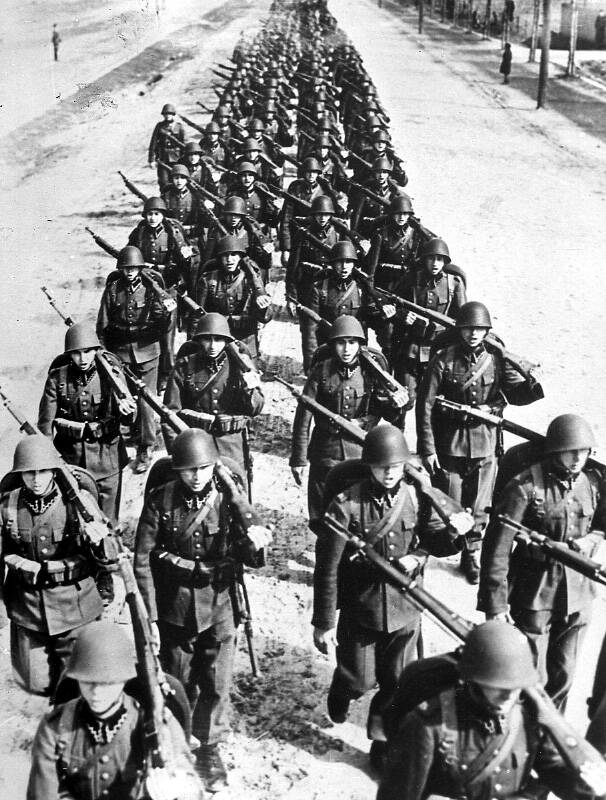
Public Domain Polish infantry marching to meet German troops in 1939.
On September 1, 1939, German forces with the support of the Soviet Union began their invasion of Poland. A week prior, Germany and the Soviet Union signed a nonaggression treaty, the Molotov-Ribbentrop Pact, that delineated spheres of influence across Europe — one that would belong to Germany, and another that would belong to the Soviet Union.
Two days after the invasion, both France and Great Britain declared war on Germany — kicking off the beginning of World War Two.
For the next month, Polish forces fought fiercely against both German and Soviet soldiers pouring into the country from the south, east, and north. The Polish army, numbering close to a million soldiers, was supported by cavalry, 800 aircraft, and around 200 tanks.
Meanwhile, the German Army sent 1.5 million soldiers, 2,315 aircraft, and around 2,750 tanks into Poland. Severely outmanned, the Polish forces prepared for a brutal fight.
And on Sept. 7, 720 Polish soldiers manning a fortified defensive line in the town of Wizna found themselves staring down a German force of over 40,000. To the surprise of everyone involved, the Poles were able to hold off the Germans for three days during the Battle of Wizna.
How The Battle Of Wizna Began
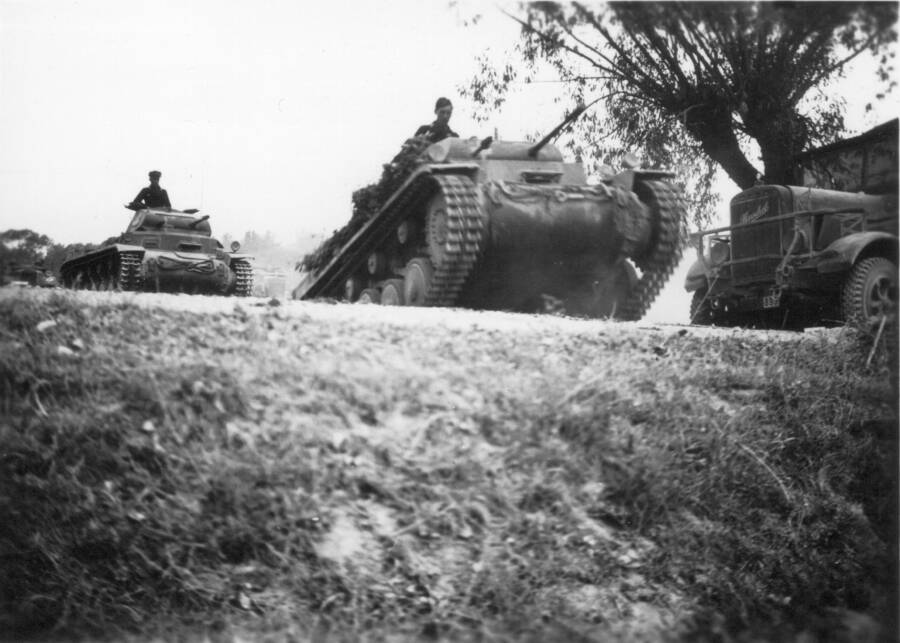
Public DomainGerman troops arriving by tank in Kurpiki, less than 10 minutes away from Wizna, during the invasion of Poland.
In September 1939, 720 Polish soldiers manned the 5.5-mile line of defenses along the high riverbanks that passed between the villages of Kołodzieje and Grądy-Woniecko. The town of Wizna was located in the center.
The defensive line protected an important road, the Łomża–Białystok, that led straight to Warsaw, Poland’s capital. A few months prior, the Polish government had ordered the construction of fortifications along this line. By the time the war broke out, it featured six concrete bunkers (and four more under construction), two lightweight concrete bunkers, eight machine gun pillboxes, and anti-tank trenches.
The Polish soldiers had six pieces of 75 mm artillery, 24 heavy machine guns, 18 light machine guns, and two anti-tank rifles. They were led by 31-year-old Captain Władysław Raginis, who swore that he would do everything in his power to stall the invasion while he was still alive.
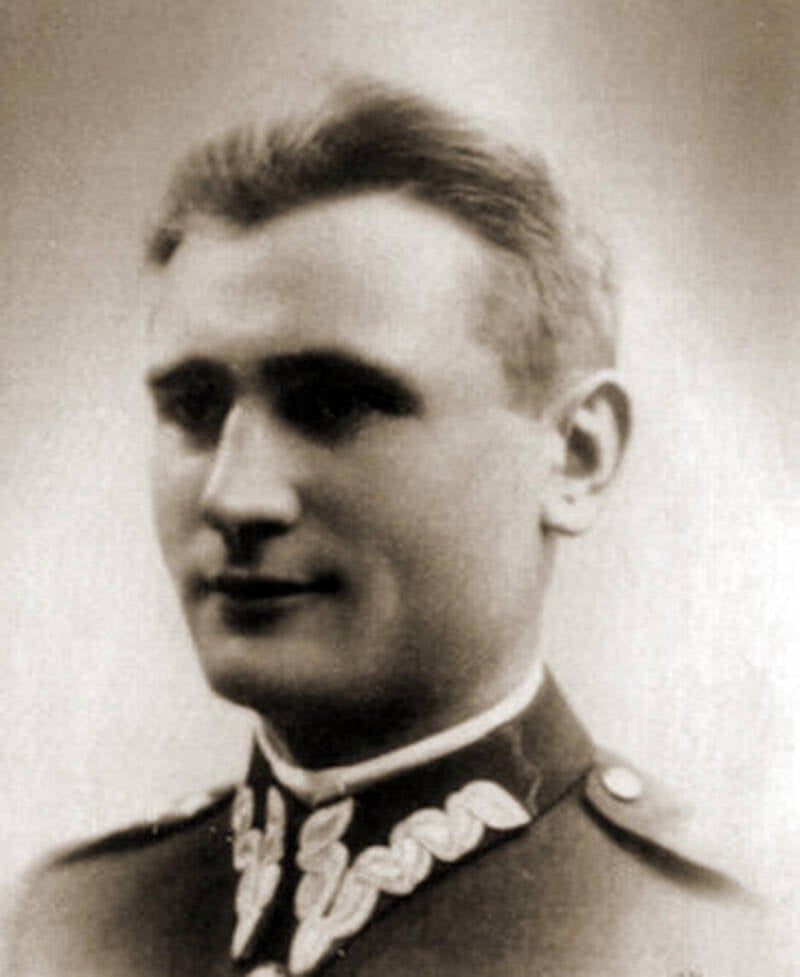
UtCon Collection / Alamy Stock PhotoPolish Captain Władysław Raginis swore that he would rather die than surrender to the Germans.
On Sept. 7, the German 3rd Army, stationed in East Prussia, advanced toward Warsaw and arrived at Wizna. General Nikolaus von Falkenhorst of the 10th Panzer Division led the initial assault on the village. The next day, German General Heinz Guderian, one of Germany’s top generals, arrived with orders to advance through Wizna towards Brześć.
In all, some 42,000 German troops had arrived in Wizna to battle the mere 720 Polish soldiers guarding the village. Alongside their men, Germans possessed greater firepower: 350 tanks, 188 grenade launchers, 195 anti-tank guns, and nearly 1,000 machine guns.
To an outside observer, the Poles’ fight at the Battle of Wizna appeared futile. However, the soldiers would defy the odds for three days.
The Polish ‘Thermopylae’ — And Its Legacy Today
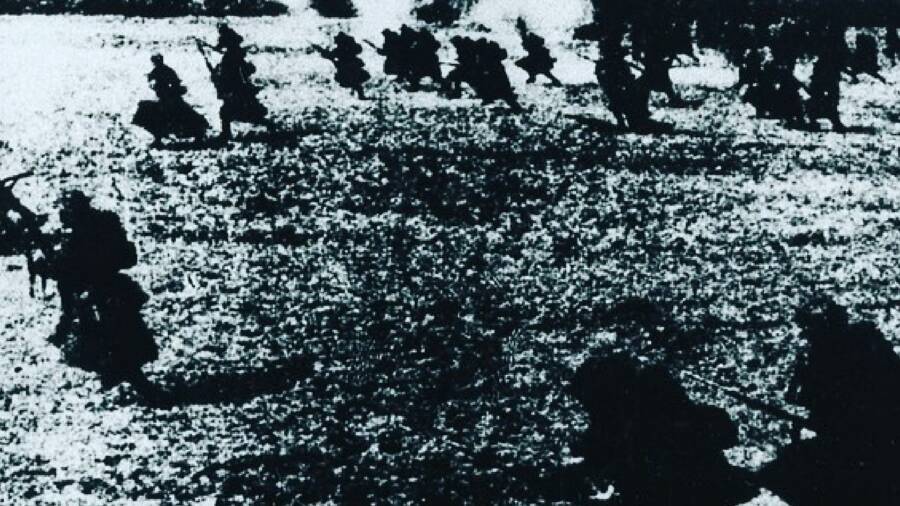
Polish Museum of AmericaSoldiers running during the Battle of Wizna.
After kicking off on Sept. 7, 1940, the Battle of Wizna roared on. German forces launched a hard assault against the Polish fortifications, and after several failed attempts to get them to surrender, German forces began both aerial and artillery bombardment.
The Polish forces that had not retreated back were forced to move to the bunkers. Eventually, German tanks began crossing the line and advancing towards Warsaw. However, German infantry continued to face a strong Polish assault.
Outnumbered and outmaneuvered, the fatigued Polish forces struggled with their next course of action after their bunkers were reduced to just two and they became surrounded. When asked a final time to surrender on Sept. 10, Captain Raginis relented. Only, he had no intention of surrendering himself.
After telling his troops to surrender, Captain Raginis died by suicide by throwing himself down onto his grenade. In the end, he kept his promise to never let the Germans advance while he was alive.
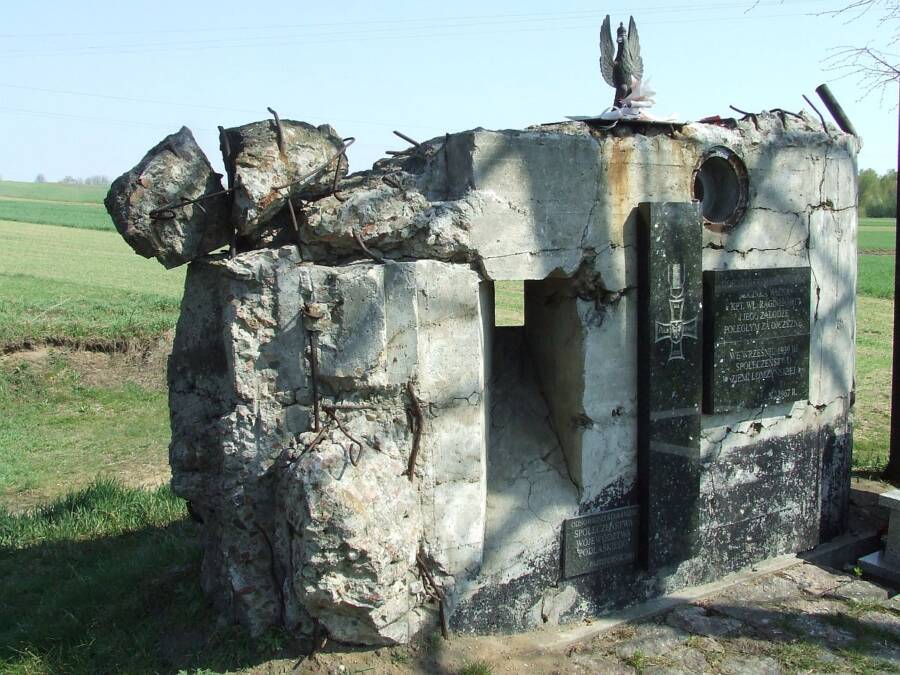
Wikimedia Commons/CC BY 3.0Remnants of a bunker from the Battle of Wizna, now a memorial site.
While death toll estimates are difficult to establish, German General Heinz Guderian wrote that roughly 900 German lives were lost. As for the Polish troops, fewer than 100 survived the battle, and most of those who survived were captured.
Later, when explaining why his troops struggled with fighting off such a small force, General Guderian made several excuses in his memoir, including that the Germans were “having trouble building bridges across the rivers” and that Wizna was “well-defended by a local officer school.”
While not one of the most well-known conflicts of World War Two, the Battle of Wizna has become Poland’s own Thermopylae, an ancient battle where 300 Greeks held off the Persian army for a week. Today, it is remembered and celebrated as a proud moment in Polish history, immortalized in songs and in stories passed down through generations.
At the site of the battle, on a twisted bunker that has been preserved as a memorial, and where Raginis was laid to rest, is a monument that reads: “Passerby, tell the Fatherland that we fought to the end, fulfilling our duty!”
After reading about the Battle of Wizna, view 55 colored photos that bring the devastation of World War II to life. Then, view 36 photos from the Battle of Stalingrad, the largest battle of World War II and the turning point for Germany on the eastern front.





